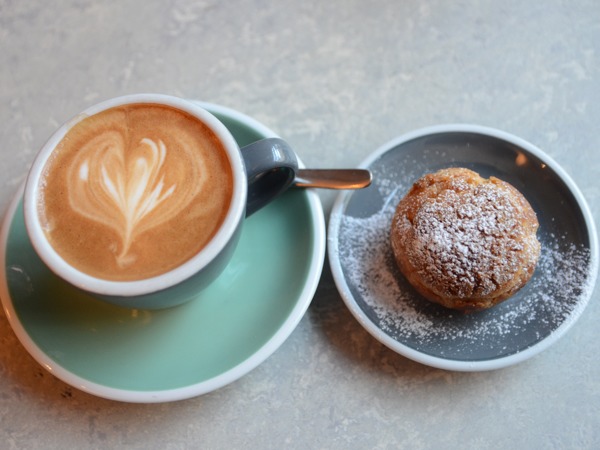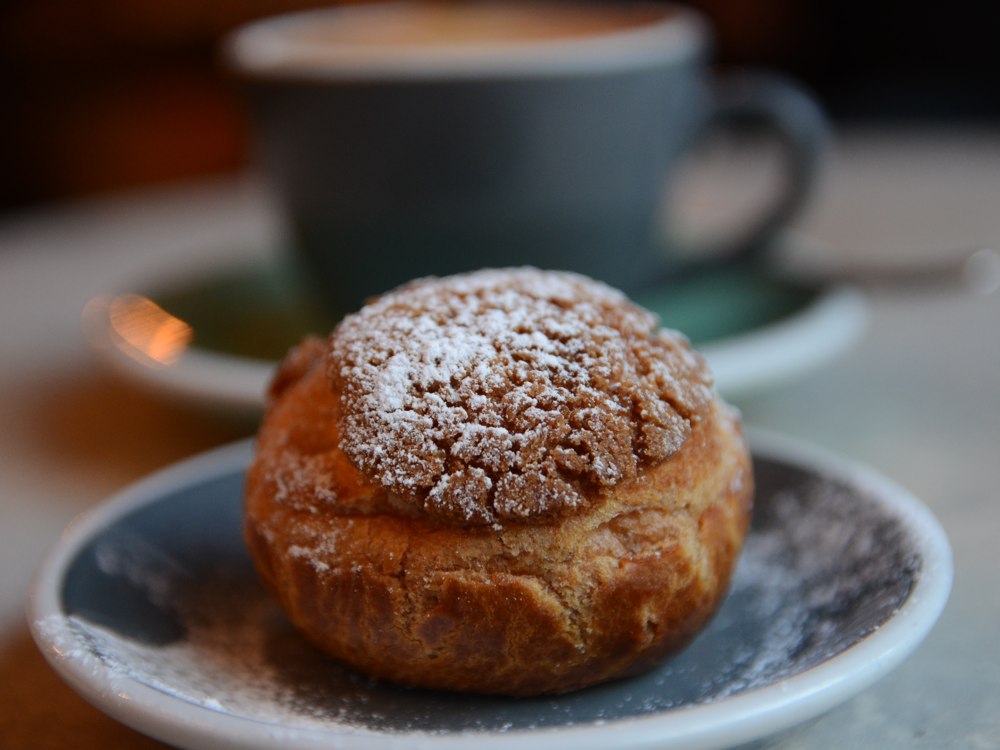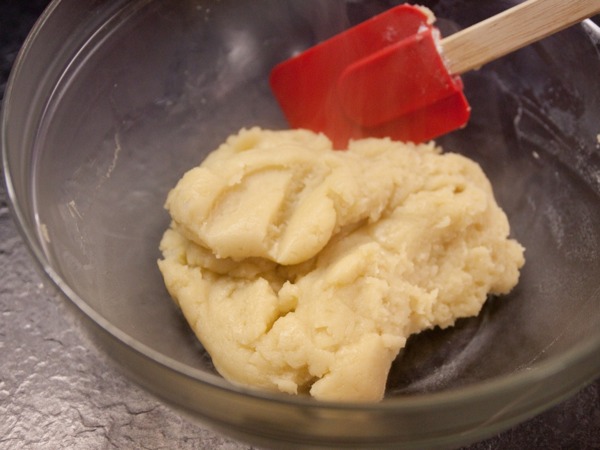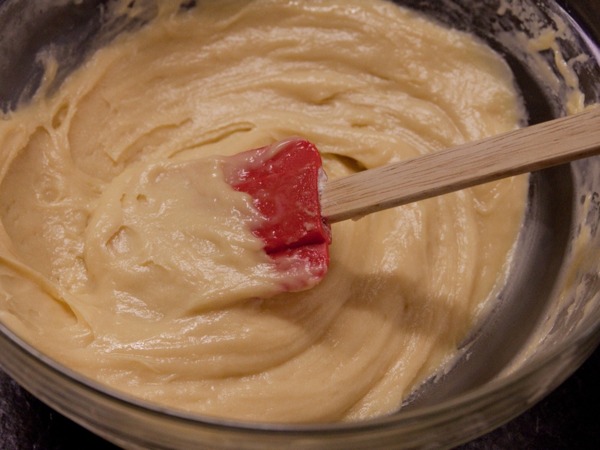
Choux pastry is the basis for many French desserts. For some reason, I struggled to get this one right – I would always end up with a deflated ball of dough as they would collapse or just not rise correctly. That said, I think that I’ve now found the winning recipe and have had success ever since!
I use a “craquelin” in this recipe, which is a type of thing pastry dough that one places on the choux just before baking them. Not only do they add a “crispiness” to the choux, but it also helps them to rise evenly. They are easy to make too! I would definitely recommend using them for all your choux desserts.
This recipe is an evergreen choux pastry recipe that can be used for making profiteroles, eclairs, chouquettes, paris-brests…
Choux pastry or pâte à choux

Choux pastry (or pâte à choux recipe). Perfect for making profiteroles, eclairs or any other choux based recipe. Includes craquelin recipe!
For the choux
- 100 g (3/4 cup + 4 Tbsp) water
- 100 g (3/4 cup + 4 Tbsp) milk
- 90 (1/3 cup+ 1Tbsp) butter
- 2 g (a pinch of) salt
- 2 g (a pinch of) sugar
- 110 g (1 cup) flour
- 200 g eggs (4-5 eggs)
For the craquelin
- 40 g (3 Tbsp) salted butter at room temperature
- 50 g (1/4 cup) brown sugar
- flour
Prepare the choux pastry
-
Preheat the oven to 230°C (450F). Add the water, milk, salt, sugar and butter to a pan and bring to the boil. The butter should melt completely.
- Once the mix starts to rise in the pan, remove from the heat and add the four in one go. Mix well until you get a dough. This dough is called “panada”.
- Once the panada is homogeneous and no longer sticks to the pan, flatten it in the pan and place it back on the heat. The aim is to remove the moisture from the dough by drying it out. Once the dough starts to crackle, shake the pan and check to see if a thin layer has formed. If this layer is uniform across the bottom of the pan, it means that all humidity has been removed from the panada and that you can remove it from the heat.
- Place the panada in a bowl and start mixing using an electric mixer or spatula. This process will help add air to the mixture, which is crucial for the choux to rise in the oven. Continue to mix until most of the steam has evaporated. Add the eggs, one at a time and mix each time until the dough is homogenous. The dough is now ready to be used or can be stored in the fridge up to 3 days before use.
Prepare the craquelin
-
For the craquelin, mix all the ingredients together until the resulting dough is homogenous, then roll it out between 2 baking sheets to a 2 mm (0.08 inches) thickness. Store in the fridge before use. The dough should be cold as it will be easier to cut out of the craquelin cercles.
-
Using a 10 mm (0.4 inch) nozzle, pipe the choux onto a lined baking tray. You should get about 20 choux (with a 4cm diameter). Lightly baste the choux with egg wash.
Assemble and bake
-
Take the craquelin dough out of the fridge. Remove the top baking sheet, turn the dough over onto the first sheet and remove the second sheet. Using a cutter, cut 3 cm (1.1 inch) wide circles and place one on each choux. Press down slightly so that the craquelin doesn’t move during baking.
-
Turn the oven temperature down to 170°C (240F) and place the choux in the oven. After 20 min, briefly open the oven to let the steam come out, then continue to bake until the choux are golden (about 20 min more). Place the choux on a rack to cool (if you leave them on the oven tray, they will get soggy as the air won’t circulate properly).



These were so good. Only thinking of them makes my mouth water.